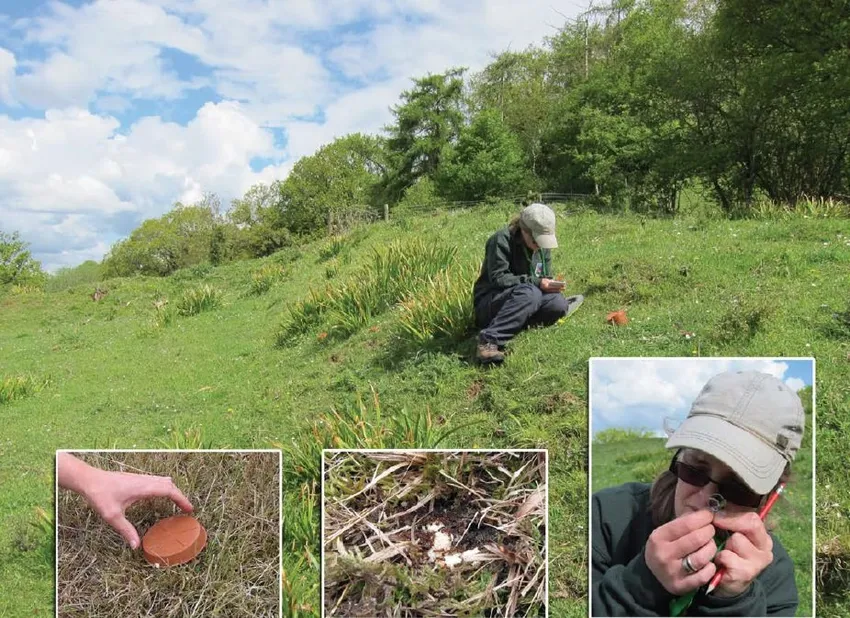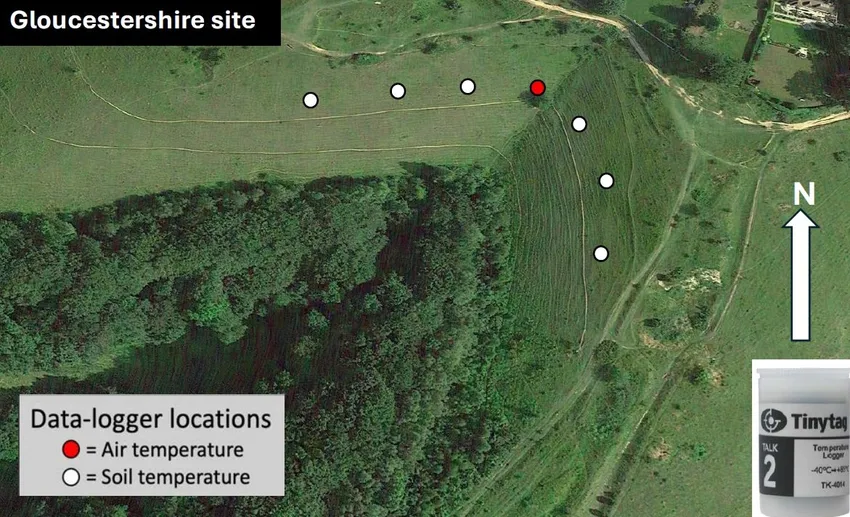The Large blue was declared nationally extinct in 1979. Thanks to the unique expertise of our conservation science team we have reintroduced this rare species to Gloucestershire and Somerset. We now need your help to support the butterfly's survival, increasing its populations in a changing climate.
Categories
Beneficiaries
This iconic butterfly is a globally endangered species. The caterpillar is a parasite of a Red ant, and the butterfly cannot survive without thriving ant colonies on each site. Over the course of the last ten years there have been several extreme weather events which have seen the populations of these and associated species decline. We can counter climate change impacts by adaptations to land management, and by identifying new Large blue introduction sites with greater climate change resilience.
Our team will carry out in-depth surveys of Large blues, ants and associated species to help us identify population trends and give evidence-based advice to land managers. We will use temperature dataloggers to measure soil and air temperature on both existing and potential Large blue sites. This will produce vital evidence of the impacts of extreme weather and help to prioritise new sites for introductions into landscapes with greater flexibility to prosper under a changing climate.


